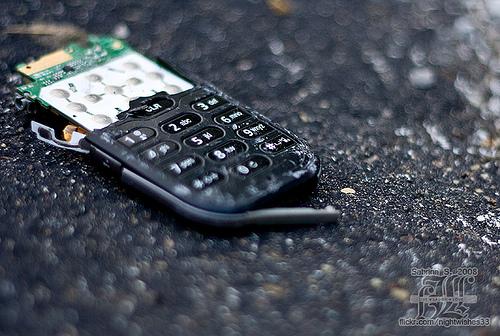The Guardian and the LSE have partnered up on an impressive journalistic-cum-sociological analysis called “reading the riots”, examining the unrest that rocked England this summer on the basis of interviews with people involved, massive social media datasets, and various forms of secondary sources. This is a very laudable attempt to make sense of what happened why in August, important questions at the heart of both journalism and social science.
The collaboration examines many different themes, today the role of different “social media” (and more generally, digital networked media) in the riots. The material released provides both qualitative and quantitative evidence for dismissing the claims—frequent in August, and spread by for example by an Associated Press story still up on thousands of websites—that social media like Facebook and Twitter were central organizing tools for those involved. (The Huffington Post headline on the wire story was “Facebook, Twitter, used to spread London’s Riots”.)
It turns out they weren’t, really. But that the concerns over Facebook and Twitter were clearly overblown (Prime Minister David Cameron at the time considered “restricting” social media services) does not mean that digital technologies played no role—they are, after all, integral to much of what we do, legally or otherwise, today. Only, as it turns out, people who are sticking it to the man rely on the tools at hand, their cell phones, in particular Blackberries (what I’ve called “mundane tools” in a piece on political activism), as well as on, well, good old mass media, especially television.
Here is Professor Rob Procter, one of the Guardian’s academic collaborators on the project, in a University of Manchester press release:
Politicians and commentators were quick to claim that social media played an important role in inciting and organising riots, calling for sites such as Twitter to be closed should events of this nature happen again. But our study has found no evidence of significance in the available data that would justify such a course of action in respect to Twitter.
(Too bad for Jordan Blackshaw and Perry Sutcliffe, both serving four-year jail terms for “encouraging disorder” on Facebook, that this only comes out now…)
One rioter quoted in a Guardian article clearly has a more practical understanding of new media tools than many commentators, politicians, and judges:
The internet and that is a bit too bait, so no one really broadcasts it on the internet […] Like in Twitter there’s like a hashtag innit, like if someone hashtags riots you can go to that certain page and see what everyone has been saying about the riots. Police could easily go to that page there and see who’s been setting up or organising groups to come.
Wise man, that–organizing illegal action on public platforms might not be the smartest move in the world.
Another rioter quoted had a intuitively understood how what Andy Chadwick calls the “political information cycle” is not contained within any one media platform, but cross between offline communications, social media, and legacy media organizations:
“I saw people well on Twitter following journalists’ reports,” he said. “So not even of their friends’ reports, they were following journalists’ reports to find out where to go.”
The collaborative analysis of 2.6 million tweets suggests that six of the ten most retweeted accounts belonged to mainstream media organizations and personalities (and one to the greater Manchester police). (See some good data visualizations here of individual rumours spreading and/or being knocked down on Twitter.)
“Reading the riots” is an inspiring and important collaboration between journalists and researchers showing how, together and, incidentially, using new tools and publishing platforms, the two professions can help us understand the world–in this case, the role of new digital, networked technologies in collective action.
The data and analysis already published as a result of this collaboration (and much more is surely to come) represents a major step beyond the artificially polarized, polemical, and overtly moralizing debate between supposed techno-utopians and techno-pessimists and into a more nuanced substantial understanding of how people do things with things–including rebel and riot, when that is what they are up to.
(Cross-posted on rasmuskleisnielsen.net)
(Photo from Flickr, taken by Sabrina S)









2 Comments
The idea I find most interesting about this article is that we might have hundreds of cases coming back to court if those in prison get good legal advice and question their guilt based on setting up a facebook group.
More widely, it will need to be seen how much facebook and twitter will need to be counted like talk or like signing a contract. At least for the younger generation, simply signing up for an event does not mean much more than saying: Yes, let’s go for dinner some time…